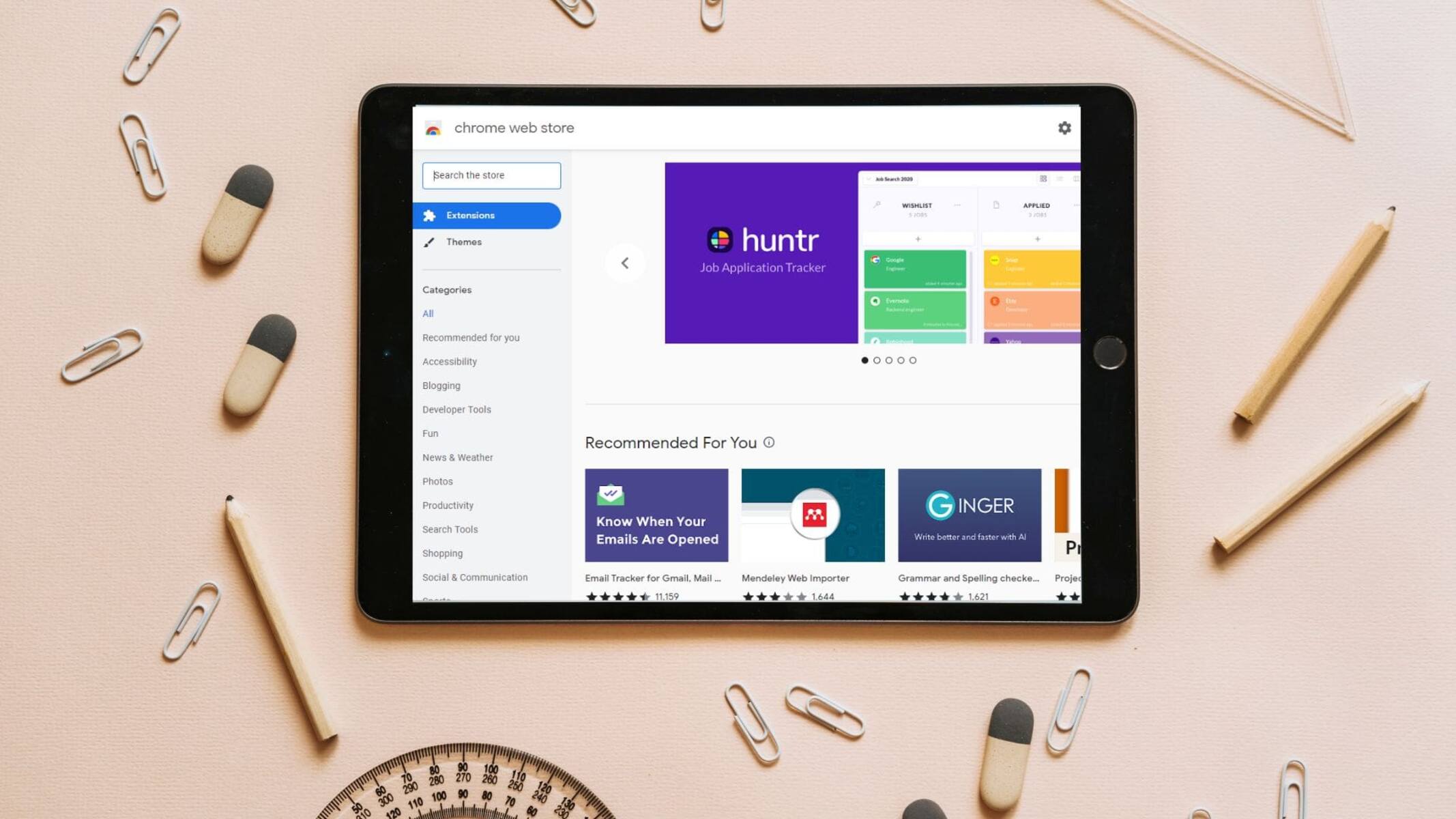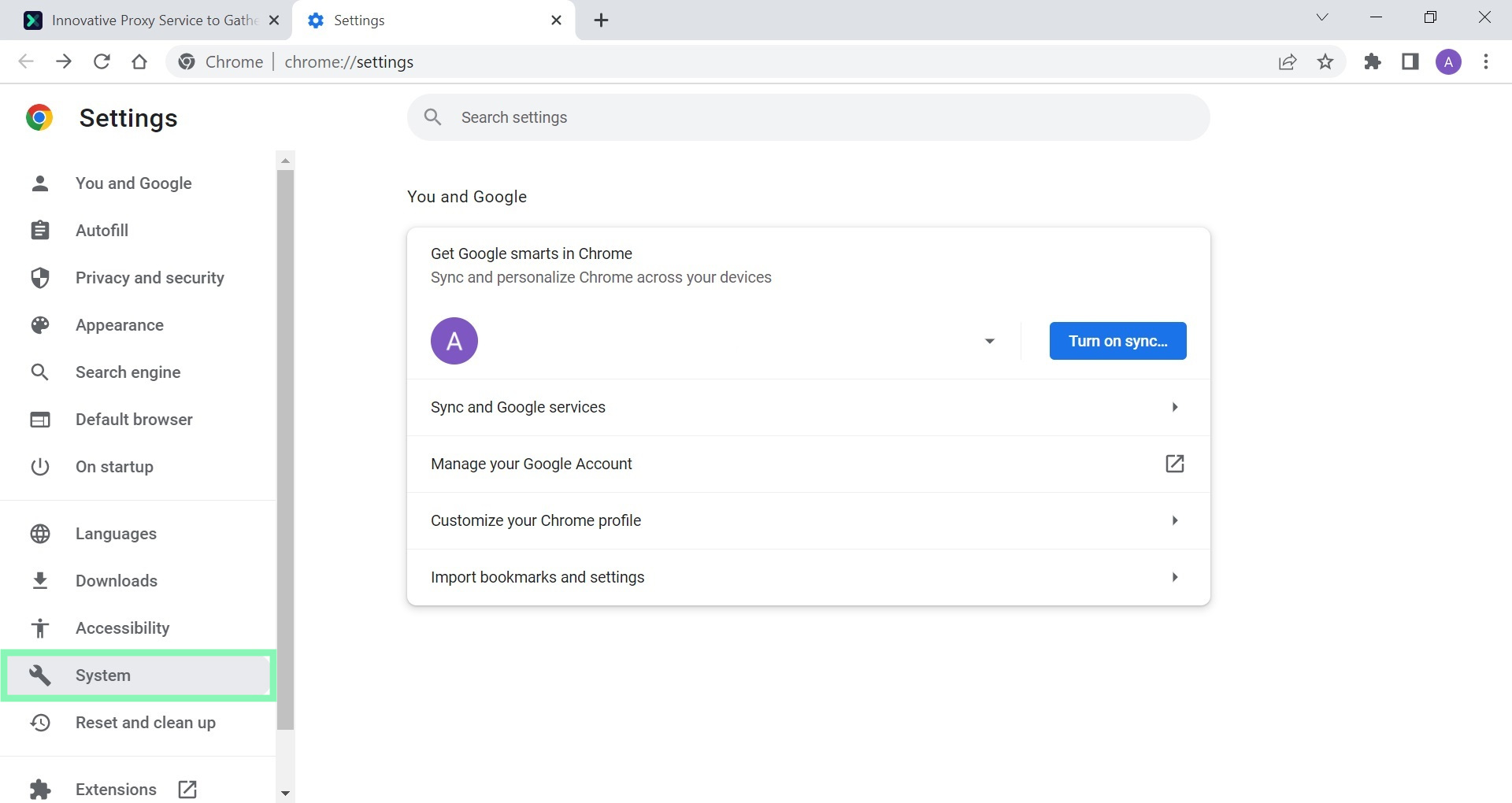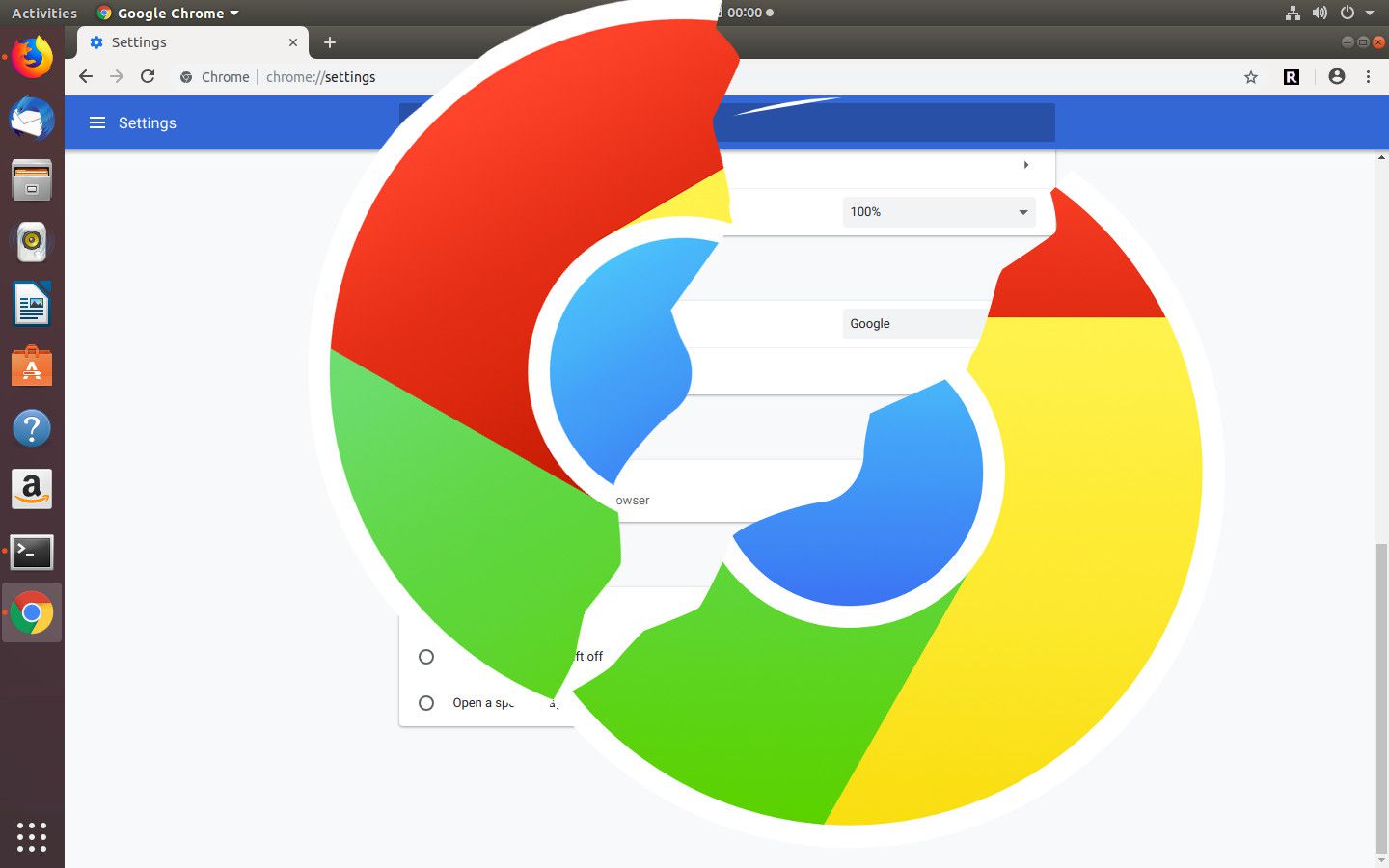Introduction
In today's digital age, web browsers have become an integral part of our daily lives, serving as gateways to a wealth of information and resources. However, with the abundance of content available online, it's essential to maintain a safe and productive browsing environment, especially for young users or individuals seeking to minimize distractions. Fortunately, Google Chrome, one of the most popular web browsers, offers a range of features and extensions that allow users to limit access to specific websites, thereby promoting a focused and controlled browsing experience.
Whether you're a parent aiming to regulate your child's online activities, an individual striving to boost productivity by curbing time-wasting websites, or a professional seeking to enhance data security, understanding how to limit websites on Chrome can be immensely beneficial. By implementing these measures, you can create a tailored browsing environment that aligns with your specific needs and preferences.
In this comprehensive guide, we will delve into the step-by-step process of limiting websites on Chrome, equipping you with the knowledge and tools to effectively manage your browsing experience. From accessing Chrome settings to utilizing extensions for additional control, you'll gain valuable insights into the various methods available for customizing your browsing environment. Whether you're a novice or a seasoned Chrome user, this guide will empower you to navigate the digital landscape with confidence and purpose.
By the end of this article, you will be well-versed in the techniques required to restrict access to certain websites, thereby fostering a more focused and secure browsing experience. Let's embark on this journey to discover the practical strategies and tools that Chrome offers for managing website access, empowering you to harness the full potential of this versatile web browser.
Step 1: Open Chrome Browser
To initiate the process of limiting websites on Chrome, the first step is to open the Chrome browser on your device. Whether you're using a desktop computer, laptop, or mobile device, launching Chrome is the initial gateway to accessing the browser's settings and features for website restriction.
If you're using a Windows or Mac computer, you can easily open Chrome by locating the Chrome icon on your desktop or in the applications folder. Simply double-click on the icon to launch the browser. Alternatively, you can utilize the search function on your computer to quickly locate and open Chrome.
For mobile users, accessing Chrome is equally straightforward. On Android devices, you can tap the Chrome icon on your home screen or app drawer to open the browser. Similarly, iOS users can locate the Chrome app on their home screen or within the app library and tap to launch it.
Once Chrome is open, you'll be greeted by the familiar interface, featuring the omnibox for entering web addresses and conducting searches, as well as the navigation buttons for browsing through web pages. With Chrome at your fingertips, you're now ready to proceed to the next step in the process of limiting websites and customizing your browsing experience.
By successfully opening Chrome, you've taken the crucial first step towards gaining control over your online activities. With the browser at your disposal, you can now delve into the settings and features that Chrome offers for managing website access, setting the stage for a more tailored and secure browsing environment.
Now that Chrome is open, let's move on to the next step in our journey to discover the methods for limiting websites on this versatile web browser.
Step 2: Access Chrome Settings
Accessing Chrome settings is a pivotal step in the process of customizing your browsing experience and implementing website restrictions. By navigating to the settings menu, you gain access to a plethora of options that enable you to tailor Chrome to your specific preferences and requirements.
To access Chrome settings, start by locating and clicking on the three-dot menu icon in the top-right corner of the browser window. This icon serves as the gateway to a wide array of Chrome features and customization options. Upon clicking the icon, a dropdown menu will appear, presenting a range of functions and settings for you to explore.
From the dropdown menu, select the "Settings" option, which will redirect you to the Chrome settings interface. Here, you'll find a comprehensive dashboard that allows you to manage various aspects of the browser, including privacy and security settings, appearance customization, and advanced configurations.
Within the settings interface, you can navigate through different sections using the menu on the left-hand side of the screen. This intuitive layout enables you to seamlessly explore and modify specific settings based on your preferences. As you delve into the settings menu, you'll encounter a dedicated section for "Privacy and security," which encompasses essential features for controlling website access and permissions.
By accessing the "Privacy and security" section, you can explore options such as "Site settings," which empowers you to manage permissions for specific websites, including the ability to block or allow notifications, access to the camera and microphone, and more. Additionally, you can delve into the "Security" settings to configure advanced protections against malicious websites and harmful downloads, further enhancing your browsing security.
In addition to privacy and security settings, the Chrome settings interface offers a wealth of customization options, ranging from appearance themes to language preferences and accessibility features. This comprehensive suite of settings empowers you to tailor Chrome to your unique browsing habits and requirements, ensuring a personalized and secure online experience.
By successfully accessing Chrome settings, you've unlocked a treasure trove of customization options and features that pave the way for implementing website restrictions and enhancing your browsing environment. With the settings interface at your disposal, you're now poised to delve into the next steps of managing website access on Chrome, further refining your browsing experience to align with your specific needs and preferences.
Step 3: Navigate to Site Settings
Navigating to the Site Settings within the Chrome browser is a crucial step in the process of managing website access and permissions. This feature empowers users to exert granular control over individual websites, allowing for the customization of permissions, notifications, and other site-specific settings.
To access Site Settings, begin by navigating to the Chrome settings interface, as outlined in the previous step. Once within the settings menu, locate and click on the "Privacy and security" section from the left-hand navigation panel. Within this section, you'll find the "Site settings" option, which serves as the gateway to a range of controls for managing website permissions and preferences.
Upon clicking on "Site settings," you'll be presented with a comprehensive array of options that enable you to fine-tune the behavior of individual websites. This includes the ability to manage permissions such as camera and microphone access, location settings, and notifications for specific sites. By delving into these settings, users can tailor their browsing experience to align with their privacy preferences and security requirements.
One of the key features within Site Settings is the ability to block or allow specific websites from accessing sensitive permissions or displaying notifications. This level of control is particularly valuable for users seeking to restrict access to certain websites or enhance their browsing security. By leveraging the Site Settings feature, users can proactively manage their online interactions, mitigating potential privacy risks and minimizing intrusive notifications from undesired websites.
Furthermore, Site Settings provides a platform for users to view and modify site-specific permissions, offering transparency and control over the interactions between the browser and individual websites. This level of transparency empowers users to make informed decisions regarding their online activities, fostering a sense of agency and security within the digital realm.
In essence, navigating to Site Settings within Chrome represents a pivotal step in the journey to customize website access and permissions. By delving into this feature, users can harness the power of granular controls to curate a browsing environment that aligns with their individual preferences and security considerations. With Site Settings at their disposal, users can navigate the digital landscape with confidence, knowing that they have the tools to manage website access in a manner that suits their unique needs and priorities.
Step 4: Manage Blocked Sites
Managing blocked sites within the Chrome browser is a pivotal aspect of customizing website access and fostering a controlled browsing environment. By leveraging the capability to block specific websites, users can proactively curate their online experience, whether it involves restricting access to distracting platforms, enhancing productivity, or promoting a secure browsing environment.
To manage blocked sites in Chrome, users can navigate to the Site Settings, as outlined in the previous step. Within the Site Settings interface, users can explore the "Blocked sites" section, which provides a centralized platform for specifying websites that are to be restricted from access. This feature empowers users to exert precise control over the websites that are deemed unsuitable or disruptive to their browsing experience.
Upon accessing the "Blocked sites" section, users can input the URLs of the websites they wish to block, effectively preventing access to these sites within the Chrome browser. This granular control enables users to tailor their browsing environment to align with their specific needs, whether it involves limiting social media platforms, entertainment websites, or other sources of distraction.
By managing blocked sites, users can cultivate a focused and productive browsing experience, particularly in scenarios where minimizing distractions and enhancing concentration are paramount. This feature is especially valuable for parents seeking to regulate their children's online activities, as it allows for the implementation of safeguards against accessing inappropriate or unsuitable websites.
Furthermore, the ability to manage blocked sites contributes to a heightened sense of browsing security, as users can proactively restrict access to potentially harmful or malicious websites. By leveraging this feature, users can fortify their digital defenses, mitigating the risks associated with accessing untrustworthy or compromised websites.
In essence, the capability to manage blocked sites within Chrome empowers users to shape their browsing environment in a manner that aligns with their unique preferences and requirements. By proactively curating the list of blocked sites, users can foster a controlled and secure online experience, free from distractions and potential security threats. This level of customization epitomizes the flexibility and empowerment that Chrome offers, enabling users to navigate the digital landscape with confidence and purpose.
Step 5: Use Extensions for Additional Control
In addition to the built-in features and settings within Chrome, users can further enhance their control over website access by leveraging extensions. Chrome extensions are powerful tools that expand the functionality of the browser, offering a diverse range of capabilities, including website restriction and content filtering.
When it comes to managing website access, numerous extensions are available to cater to varying needs and preferences. For instance, parental control extensions empower parents to monitor and regulate their children's online activities, allowing for the establishment of customized restrictions and filtering parameters. These extensions often provide comprehensive dashboards that enable parents to set specific rules, block inappropriate content, and track their children's browsing habits, thereby fostering a safe and secure online environment for young users.
Similarly, productivity-focused extensions offer features designed to minimize distractions and optimize time management. These extensions allow users to block or limit access to specific websites during designated time periods, promoting focused work sessions and enhancing productivity. By implementing customizable restrictions, users can curate a browsing environment that aligns with their professional and personal goals, fostering a conducive space for concentration and task completion.
Moreover, extensions tailored for enhancing browsing security provide advanced capabilities for blocking malicious websites, preventing phishing attempts, and safeguarding sensitive data. These security-focused extensions leverage robust algorithms and databases to proactively identify and block potentially harmful websites, bolstering users' defenses against online threats and ensuring a secure browsing experience.
The versatility of Chrome extensions empowers users to tailor their browsing environment with precision, catering to their specific needs and objectives. Whether it involves promoting a safe online experience for children, boosting productivity, or fortifying browsing security, extensions offer a wealth of additional controls that complement the native features of Chrome, enabling users to curate a personalized and secure digital space.
By integrating extensions into their Chrome browser, users can harness a diverse array of tools and functionalities to further refine their website access management, ultimately shaping a browsing experience that aligns with their individual requirements and priorities. With extensions at their disposal, users can unlock a new level of control and customization, enhancing their digital interactions and fostering a secure and purposeful online presence.
Conclusion
In conclusion, the process of limiting websites on Chrome encompasses a multifaceted journey that empowers users to curate a browsing environment tailored to their specific needs and preferences. By delving into the intricacies of Chrome settings, navigating to Site Settings, and leveraging extensions for additional control, users can harness a diverse array of tools and functionalities to shape a secure, focused, and productive online experience.
The ability to manage website access within Chrome is particularly valuable for individuals seeking to enhance productivity, parents aiming to regulate their children's online activities, and professionals striving to fortify their browsing security. By implementing website restrictions, users can minimize distractions, mitigate potential security risks, and foster a controlled digital space that aligns with their unique requirements.
Furthermore, the granular controls offered by Chrome, including the capability to manage blocked sites and fine-tune site-specific permissions, exemplify the browser's commitment to empowering users with transparency and agency in their online interactions. This level of customization not only enhances browsing security but also fosters a sense of control and confidence within the digital realm.
Moreover, the integration of extensions further amplifies the capabilities of Chrome, offering a diverse range of tools for website restriction, content filtering, and browsing security. Whether it involves implementing parental controls, enhancing productivity, or fortifying browsing security, extensions serve as invaluable assets in shaping a browsing environment that resonates with users' individual goals and priorities.
In essence, the journey to limit websites on Chrome transcends mere technical configurations; it embodies a quest for empowerment, security, and tailored digital experiences. By navigating the intricacies of Chrome's features and settings, users can sculpt a browsing environment that reflects their unique preferences, fostering a sense of control and purpose within the digital landscape.
As users embark on this journey, armed with the knowledge and tools to manage website access on Chrome, they are poised to navigate the digital realm with confidence, knowing that they have the means to curate a secure, focused, and productive online experience that aligns with their individual needs and aspirations.

























